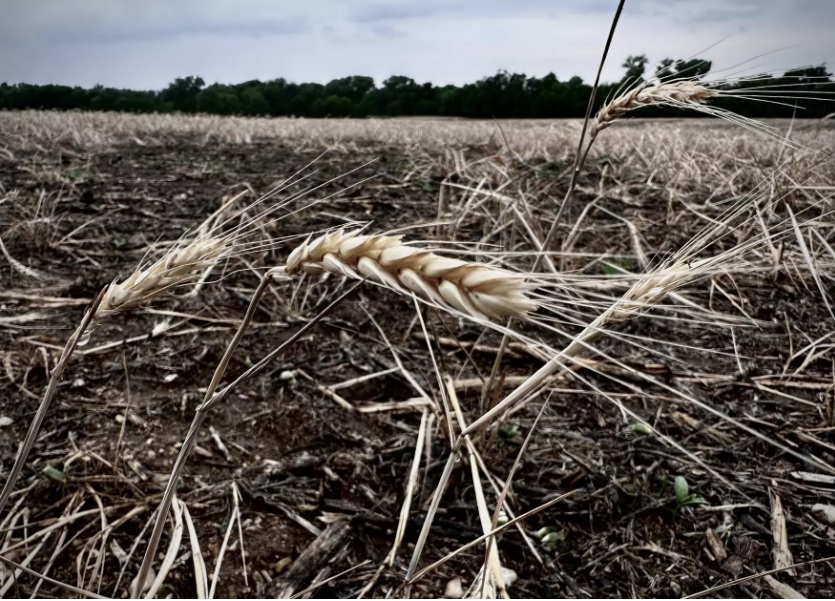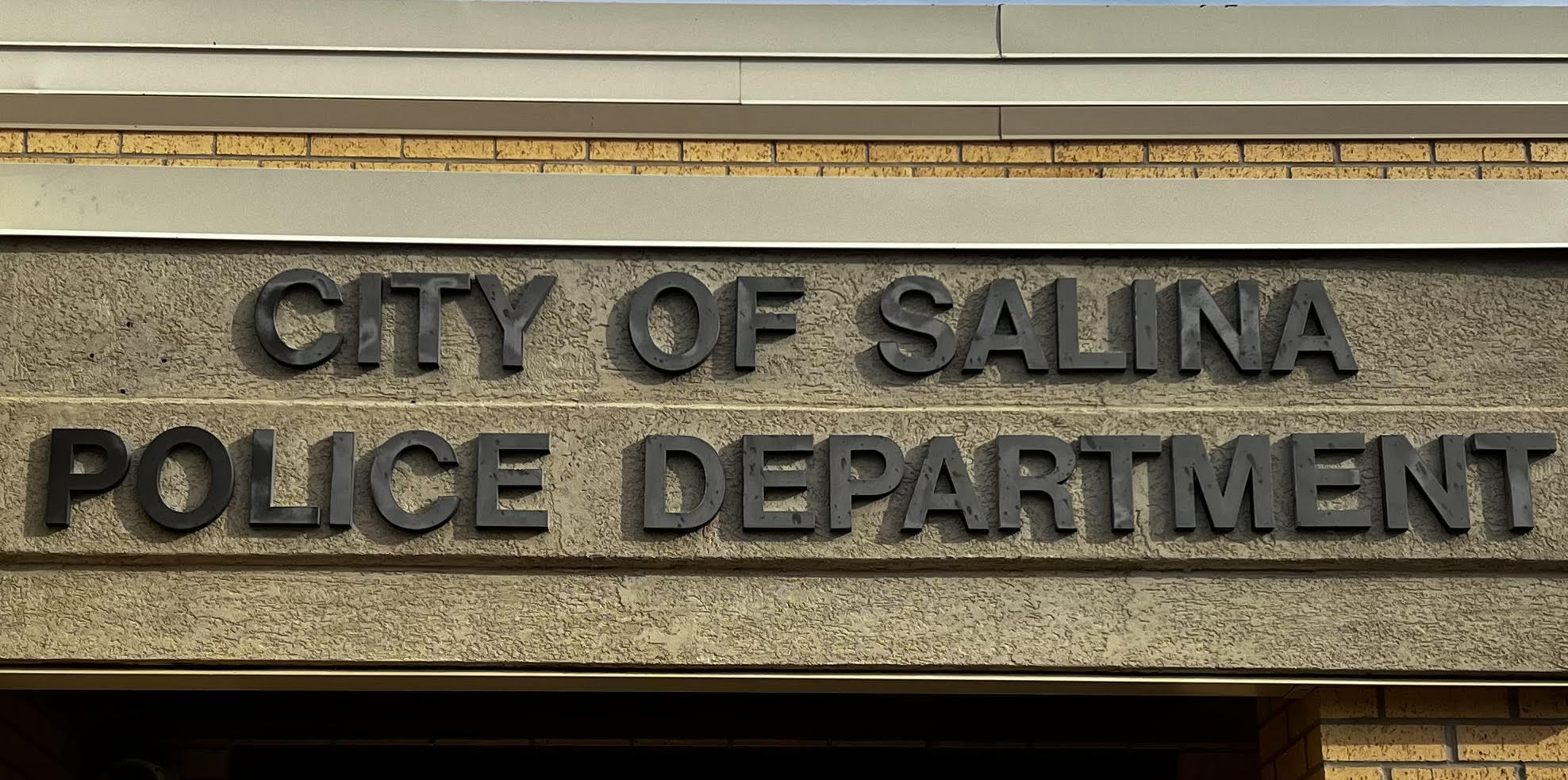Kansas is “the wheat state,” the officially adopted moniker that embraces its place as the country’s breadbasket.
Tall white grain elevators, some decorated with wheat murals, loom over tiny farm towns. For decades, Kansas led the nation in wheat production, and the U.S. led the world in wheat exports.
But this year’s meager wheat harvest turns that proud tradition on its head.
Kansas flour mills will likely buy wheat grown in Eastern Europe. It’s like Texas importing oil, West Virginia hauling in coal, or the Saudis shipping in sand.
Aaron Harries, Vice President of Research and Operations at Kansas Wheat, said it’s never happened before.
“That truly is unfortunate,” he said. “And it’s another hit against our domestic farmers.”
Thank Mother Nature.
The High Plains is dry in the best of times. For the last two years, a deep drought withered much of this prime wheat-producing region.
This year’s Kansas wheat harvest is shaping up to be the smallest since 1957 when the Eisenhower administration intentionally suppressed wheat production.
It’s much the same in Oklahoma. The crop is so poor, some farmers are dousing their measly crops with herbicide to contain their losses and collect insurance.
That creates searing economic pain radiating through prairie towns where summer wheat sales are the staff of life.
Thin Short Dead
Seen from a highway, the wheat crop doesn’t look horrible. A lot of it’s green. But step into one of the fields that John Thaemert farms near Sylvan Grove and you start to see the damage.
“All of my wheat looks pretty bad, but this is by far the worst. Thin. Short. Dead spots,” Thaemert said. “You could not justify taking this crop to harvest.”
The surviving plants here are less than half as tall as they should be this year and have hardly produced any grain. It isn’t worth the cost of harvesting, let alone all the money Thaemert spent on seed, chemicals, and fuel to plant and nurture this wheat.
About a quarter of the wheat fields in Kansas are in the same abysmal state. They’re worth more dead than alive.
Farmer Mike McClellan in Palco, Kansas, said he’ll probably kill his entire 1,500-acre wheat crop with herbicide. That will cost him another $20,000, but it will allow him to collect crop insurance. It will also keep the failed plants from drawing any more water from the parched soil and help check soil erosion.

McClellan said he’s got nothing but bad options.
“You’re seeing a lot of depression out here in farm country because of it,” McClellan said. “It’s a hard decision to destroy your crop.”
Like many farmers, McClellan said he’s never seen a worse wheat crop. That’s a problem for the whole region. The regional economy depends on wheat to bring an influx of money in the summer. When the wheat dries up, so does the local economy.
Most farmers have crop insurance to keep them in business in bad years, but other rural businesses don’t have the same government-subsidized cushion against bad times. Farm cooperatives that make their money buying and selling grain and farm supplies have laid off employees at a time of year when most would be staffing up for harvest, according to a COOP manager.
Clothing shops, restaurants, and equipment dealerships are hunkering down. Dave Marmie, who’s been selling Fords in downtown Great Bend, Kansas, for more than half a century, said sales have already slumped.
“It gets felt up and down Main Street,” he said. “When you have no wheat crop, a lot of people suffer. It’s not just the farmer.”
The short wheat crop in Kansas and Oklahoma comes at a terrible time for the global wheat supply. The U.S. Department of Agriculture estimates wheat stocks among major exporting countries will sink to a16-year low next year.
Wheat prices spiked last year because of disruptions caused by Russia’s invasion of Ukraine. Those prices dropped, but they still hover above historical averages and the lousy harvest in Kansas helps to sustain higher prices.
Still, Kansas wheat farmers are already making plans for next year. McClellan, who’s harvesting none of his crop this summer, said he’ll probably plant even more wheat for next year’s harvest.
“We’re always optimistic,” he said. “All droughts come to an end. I just hope we’re around to see it when it does.”
_ _ _
Story by Frank Morris via Kansas News Service



